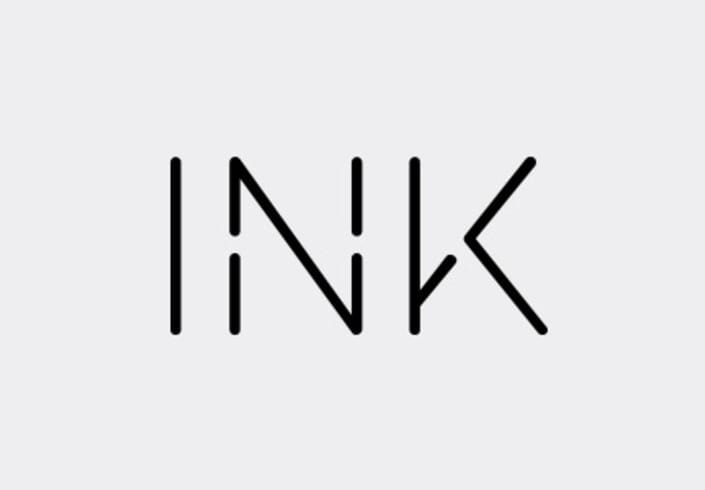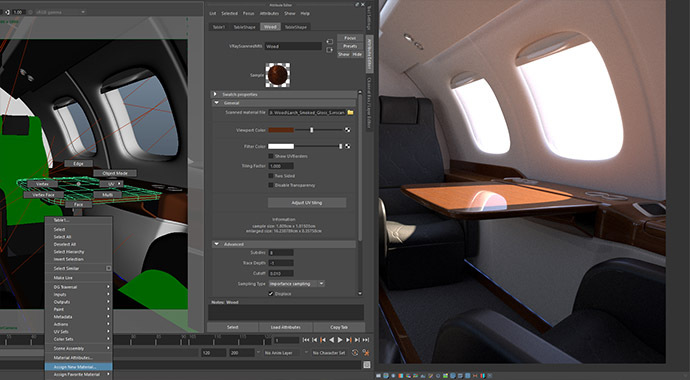

Let's bet than in a near future, these tools will become more accessible and will neable us to make quick and simple materials libraries.LOS ANGELES, Calif., J(GLOBE NEWSWIRE) - Today, Chaos Group launches V-Ray Collection, a new offering designed to help artists connect their entire creative pipeline through a single floating license. Thanks to the AxF format (Appearance Exchange Format), X-rite enables numerous renderers like Keyshot, Autodesk Vred, Iray and Maxwell Render 4.1 (currently being deployed on Ranch Computing) to use captured data.Ĭlick here to discover a few examples of AxF files. The machine (TAC 7) has been adapted to companies needs and budget.Īn efficient measurement tool available for all, at last. The offer mostlyt consisted in the service with measurement in their lab on the TAC Dome. X-rite, which is already famous for its calibration and color and brightness measurement tools, started to measure specific physical samples a few years ago. This material capture tool is developed by X-rite - Pantone. TAC (Total Appareance Capture) is at least as good and does not depend on a specific renderer. The yearly subscription costs €420 for 550 available materials. There is a quotation for the lab technicians. The 1st one is both a service and a library offered by Chaos Group (editor of the V-ray renderer): VRscans and VRscans library. You can send your samples directly to the Chaos Group lab and receive a digital file which can be used in V-ray.

Both solutions enable to create the maps that are necessary for the digital conversion of our material (diffuse color, roughness, normal map…).Ĭapturing the look of a material requires high-end technical means. Vizoo offers a professional version of the previous method, using a scanner and a soft dedicated to capture.

A very good tutorial on low cost capture and texture processing can be found here.

Most of the problems related to materials texture acquisition are solved with software like Substance Designer 6 and the scan processing new features. We face 2 problems: capturing the texture of a material (wood, leather.) and reproduce its aspect (brightness, roughness, transparency.). One of the time-consuming tasks in the search for photorealism is the reproduction of shaders identical to the real samples.


 0 kommentar(er)
0 kommentar(er)
